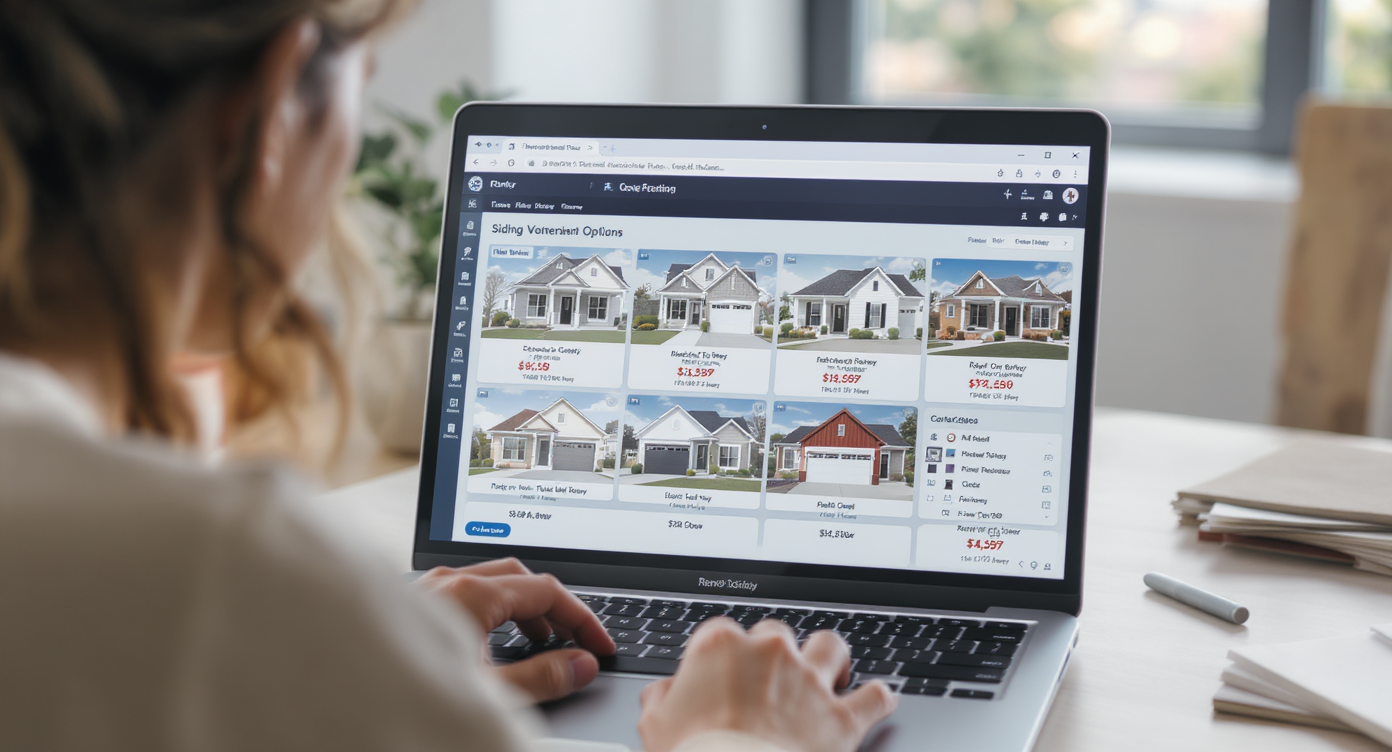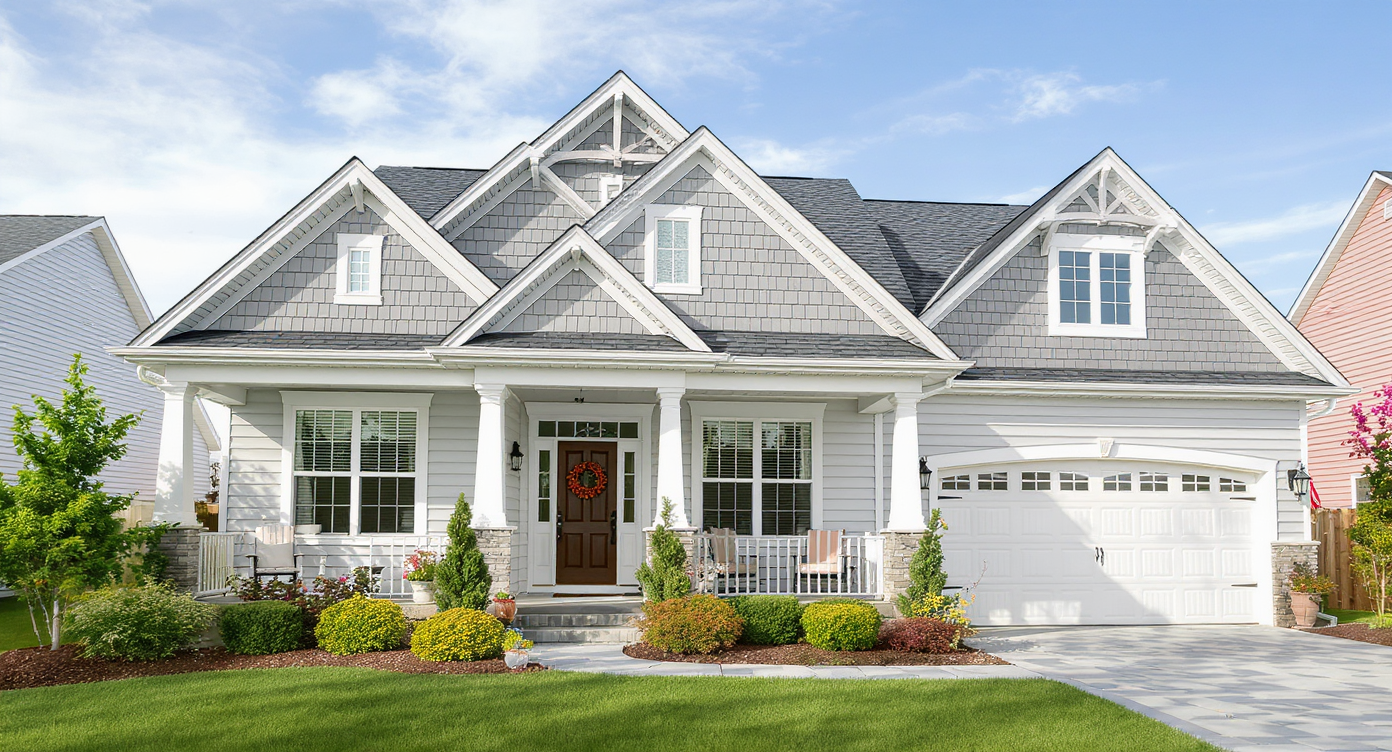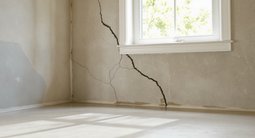TL;DR
Start by defining needs vs wants, then price scope line by line and add a 10–20% contingency. Labor typically runs 25–40% of a project, with permits/disposal adding 3–5%. Use a visual tool like ReimagineHome.ai to test siding colors, roofing options, and window styles so change orders (and costs) stay low. This is the simplest way to budget for an exterior home remodel without losing control.
Why exterior renovation budgets fail — and how to fix them

Collaborative planning and visualization reduce surprises in exterior renovation budgets.
Exterior renovation budget. Roofing. Siding. Windows and doors. The numbers add up fast, and surprises can add even faster. Here’s the thing: people don’t usually blow their budget because materials are overpriced; it happens because scope is fuzzy, hidden conditions aren’t planned for, and late design changes ripple through labor and lead times. That’s fixable. Modern planning blends line-item math with visual certainty. With ReimagineHome.ai, you can upload a photo and instantly preview siding profiles, roofing colors, trims, porch ideas, or even ai landscape design concepts around the front yard. Seeing options before you sign keeps change orders down and helps you right-size material choices to your budget. If your search query is “how to budget for an exterior home remodel,” you’re in the right place. The roadmap below turns guesswork into a plan you can defend — and actually enjoy.
The fastest way to build a reliable exterior renovation budget

Breaking down material and labor costs ensures a reliable and stress-proof renovation budget.
Answer in one sentence: Break your project into needs vs wants, price each line (materials, labor, permits, haul-away, prep), and add a 10–20% contingency to cover hidden issues. - Define goals and scope: Write the must-do list (e.g., replace failing roof, fix rotten fascia, upgrade drafty windows) and the nice-to-haves (new front door color, decorative railing). Experts recommend sequencing health-and-safety items first, then curb-appeal upgrades. - Price by category: Ask contractors to separate labor and materials, and to include permits, site protection, remediation, and disposal. A clear bid makes decisions easier. - Useful rule of thumb: Labor typically represents 25–40% of an exterior project; permits, dumpsters, and haul-away often add 3–5%. - Plan for hidden conditions: Budget for sheathing repairs under old roofing, flashing fixes, or framing corrections behind siding. A 10–20% buffer is standard for exterior work because water, insects, and age hide problems. - Lock design before ordering: Use ReimagineHome.ai to compare siding textures, roofing shades, and trim widths on your actual façade. Visual clarity early on is the cheapest way to prevent mid-project changes. - Time equals money: Lead times for specialty windows, custom metal roofing, and composite decks can stretch 4–10 weeks. Ask for a schedule with order-by dates to avoid storage fees or idle labor. Liftable insight: For most exterior remodels, a 10–20% contingency plus a labor share of 25–40% keeps your budget realistic and resilient.
Anecdote
A homeowner swore by navy siding but worried it might darken a shady lot. After previewing three blues and two roof tones in ReimagineHome.ai, they pivoted to a lighter slate with crisp white trim. The painter thanked them, the bids stayed the same, and neighbors thought the house grew by 300 square feet — just from brighter reflectance and contrast.
Common mistakes that blow up an exterior remodel budget

Late design changes and prep work oversights often lead to costly renovation budget overruns.
Answer in one sentence: Most budget overruns come from late design changes, underestimated prep work, and not planning for code, access, or weather. - Mistake 1: Changing materials mid-stream. Switching from asphalt shingles to metal or from vinyl to fiber cement triggers new orders, extra labor, and re-sequencing. How to avoid it: finalize design with photo-based previews in ReimagineHome.ai, then stick to the spec. - Mistake 2: Ignoring prep and remediation. Skipping line items like sheathing repair or lead-safe practices leads to surprise charges later. Ask for a written allowance for “unseen conditions” per square foot. - Mistake 3: Forgetting permits and inspections. Permits typically cost a few hundred dollars and can be 1–3% of small-to-midsize jobs. Get them on the estimate so you’re not blindsided. - Mistake 4: No buffer for weather or access. Tight alleys, steep roofs, or winter installs slow production. Build in extra days and small lift/equipment fees where relevant. - Mistake 5: Paying for rush shipping. Order long-lead items first. A 48-hour rush on custom windows can erase savings you made elsewhere. Liftable insight: Put specific allowances on your estimate for remediation, permits, and access so “unseen conditions” don’t become an open checkbook.
Pro tips designers use to keep costs predictable

Using data and visuals helps designers make cost-predictable choices before construction starts.
Answer in one sentence: Decide with data and visuals, buy once, and stage the job so labor never waits on materials. - Use ROI guardrails: Many appraisers advise capping any single exterior project at roughly 5–10% of home value unless there’s structural necessity. This keeps resale and budget aligned. - Lock the color story early: Choose a three-part palette — field (siding/brick), secondary (roof), and accent (door/shutters/trim). Experts recommend testing two lightness levels for the roof to control heat gain and curb appeal. - Specify the assembly, not just the product: For siding, document the whole stack — weather barrier, flashing, trim, and ventilation — to prevent change orders during install. - Compare performance, not just price: Energy-efficient windows and insulated doors can improve comfort and may trim utility costs; request U-factor, solar heat gain coefficient, and air leakage ratings on the quote. - Stage deliveries: Schedule roofing and siding drops to the day; avoid on-site storage fees and damage. A well-sequenced delivery schedule can shave days off install time. - Visualize the landscape too: Small changes like widening a front walk or adding low-voltage exterior lighting can dial up curb appeal. Try ai landscape ideas alongside the façade to see the whole composition. Liftable insight: Capping scope at 5–10% of home value per project and finalizing a three-part palette before ordering cuts the odds of expensive changes.
Real stories: budget wins, near-misses, and what changed the outcome

Real renovation stories highlight the impact of early visualization on budget outcomes.
Answer in one sentence: Real projects show that early visualization, crisp allowances, and a firm change-order policy protect both schedule and spend. - The siding switch that didn’t sting: A homeowner wanted board-and-batten halfway through. Because the team had priced a per-square-foot allowance for cladding and trim, the change cost was controlled — and ReimagineHome.ai mockups confirmed the look in 10 minutes. - The window lead-time scare: Custom casements were quoted at eight weeks. By locking selections on day one and staging interior trim later, the crew avoided idle labor and kept the roof replacement on track. - The mysterious rot: Tearing off old gutters revealed fascia rot around two corners. A pre-agreed remediation allowance per linear foot meant no haggling — the fix was authorized in minutes. - The color curveball: A bold red door looked great in a catalog but clashed with the brick on site. A fast recolor test in ReimagineHome.ai landed on an earthy charcoal that made the masonry sing. Liftable insight: Price allowances up front and require written change orders; pair both with rapid visual checks to keep momentum and money intact.
Visualization Scenario
Picture this: you upload a straight-on photo of your home, then toggle between warm gray lap siding, a charcoal architectural shingle, and a walnut-stained front door. You drop in a wider concrete path, add two path lights, and test a native planting bed at the corner. Alt text suggestion: “Warm gray siding with charcoal roof and modern path lighting on a two-story home.” Caption idea: “See the palette together before you order a single board.”
FAQ: Budgeting and planning your exterior home remodel
How should I set a realistic budget for an exterior remodel?
List needs vs wants, get itemized bids for materials and labor, then add a 10–20% contingency for hidden conditions. Ask contractors to break out permits, haul-away, and remediation allowances.
What’s the best way to avoid change orders?
Finalize design choices before ordering and require written approvals for any change. Use ReimagineHome.ai to preview siding, roofing, and window options on your actual home to reduce mid-project pivots.
How much do permits and disposal usually cost?
On small-to-midsize projects, permits plus dumpsters/haul-away often add 3–5% of the total. Ask for line items so these costs aren’t surprises.
Can AI tools really help me budget my exterior renovation?
Yes — photo-based ai home ideas clarify selections early, which helps contractors quote accurately and minimizes expensive change orders.
Should I renovate the yard at the same time as the façade?
If budget allows, yes. Testing ai landscape design alongside siding and roof choices ensures the whole composition works and avoids duplicate mobilization costs.
Budget with clarity, build with confidence
Budgeting for an exterior renovation isn’t about pinching pennies; it’s about removing uncertainty. Define the must-haves, price the work in detail, add a realistic contingency, and lock the design visually before a single order is placed. Do that, and you’ll spend with confidence — and pull into a home that finally reflects your taste. Ready to see it before you build it? Use ReimagineHome.ai to test siding, roofing, trim, windows, and even front-yard tweaks on a photo of your home. Decisions get faster, bids get clearer, and budgets stay intact.
.svg)

.svg)














.png)